Painting Techniques: Quick Tips for Better Art
Ever feel stuck while you paint? The right technique can turn a muddle into a masterpiece in minutes. Below you’ll find straight‑forward advice for oil, watercolor and landscape work that you can try right now.
Oil Painting Basics
Start with a well‑prepped canvas. A thin coat of gesso gives the paint something to grip, and it dries faster than a thick layer. When you mix your palette, remember the golden rule "fat over lean" – use more oil in later layers to avoid cracking. A simple way to test this is to add a tiny drop of linseed oil to the paint you plan to use on top of a dry area.
If you wonder whether to begin dark or light, go with the approach that matches your mood. Dark‑first lets you block in shadows early, while light‑first helps you build color gradually. Either way, keep your brush strokes loose at first; you can always tighten them later.
Scumbling and glazing are two tricks that add depth without extra detail. For scumbling, load a light brush with a thin, dry color and drag it over a wet area – you’ll see bits of the underlayer through. Glazing works the opposite way: thin a transparent color with medium and apply it over a dry finish to shift hue subtly.
Watercolor & Landscape Hacks
When you start a watercolor, sketch lightly or go straight to paint if you trust your hand. Light washes are best placed first – they set the tone and keep the paper from breaking later. Let each wash dry before adding the next; this prevents unwanted colors from bleeding together.
For landscapes, the rule of thirds is a quick way to balance composition. Imagine two horizontal and two vertical lines dividing the canvas into nine squares; place the horizon on a line, not in the center. This simple tweak makes the scene feel more natural.
Choosing the right palette is also key. Greens and blues dominate most outdoor scenes, but adding a touch of warm orange or red can make clouds pop. Mix a small amount of complementary color into your sky wash to give it depth without complex layering.
Lastly, keep your tools clean. A dirty brush can muddy a fresh wash, and leftover oil paint can dry and ruin the next session. Rinse brushes in lukewarm water, use a rag for oil, and store them upright to keep bristles straight.
Try one of these tips on your next canvas or paper. You’ll see immediate improvement, and the confidence boost will keep you painting longer. Remember, the best technique is the one that works for you – experiment, adjust, and enjoy the process.
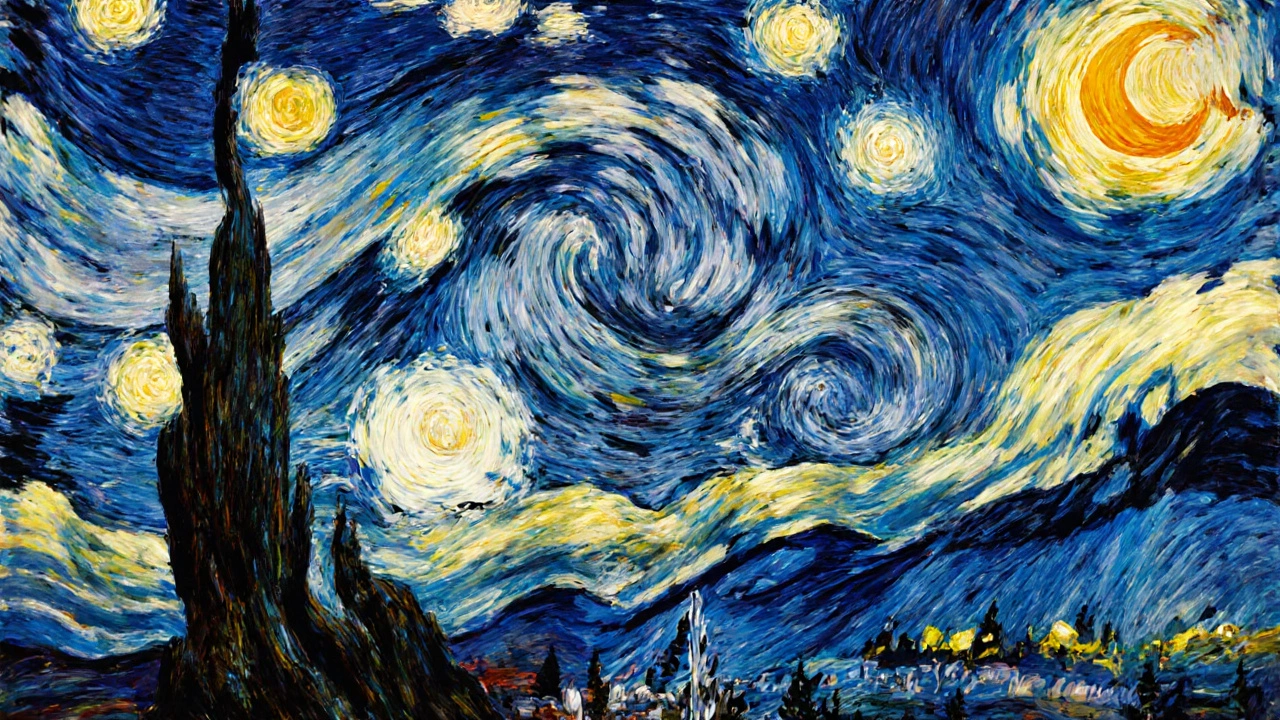
16 Nov 2025
Starry Night by Van Gogh looks like watercolor, but it was painted with thick oil on canvas. Learn why the medium matters, how Van Gogh achieved its movement, and why watercolor could never replicate it.
Continue reading...
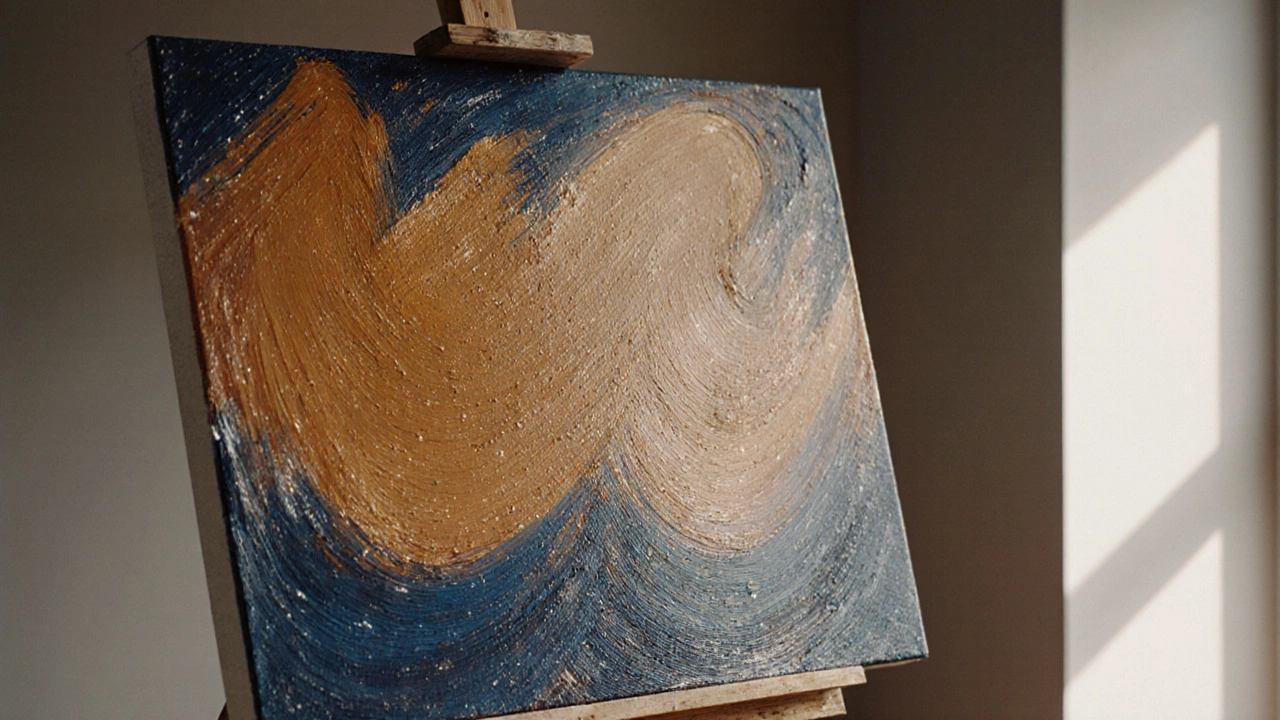
22 Oct 2025
Skipping varnish on an oil painting leads to dust, UV damage, cracking, and uneven gloss. Learn the risks, protection tips, and proper varnishing steps.
Continue reading...
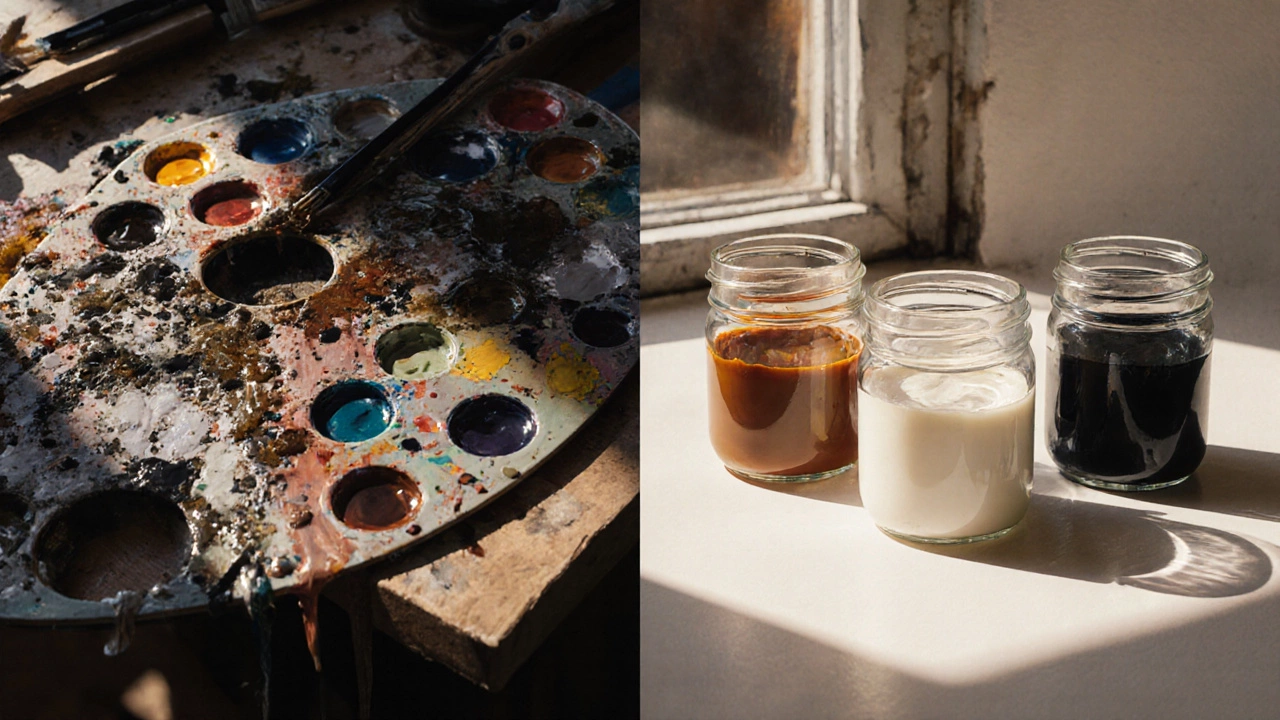
14 Oct 2025
Learn what the three-bucket rule is, how to set it up, and why it improves value control and color consistency in oil painting.
Continue reading...
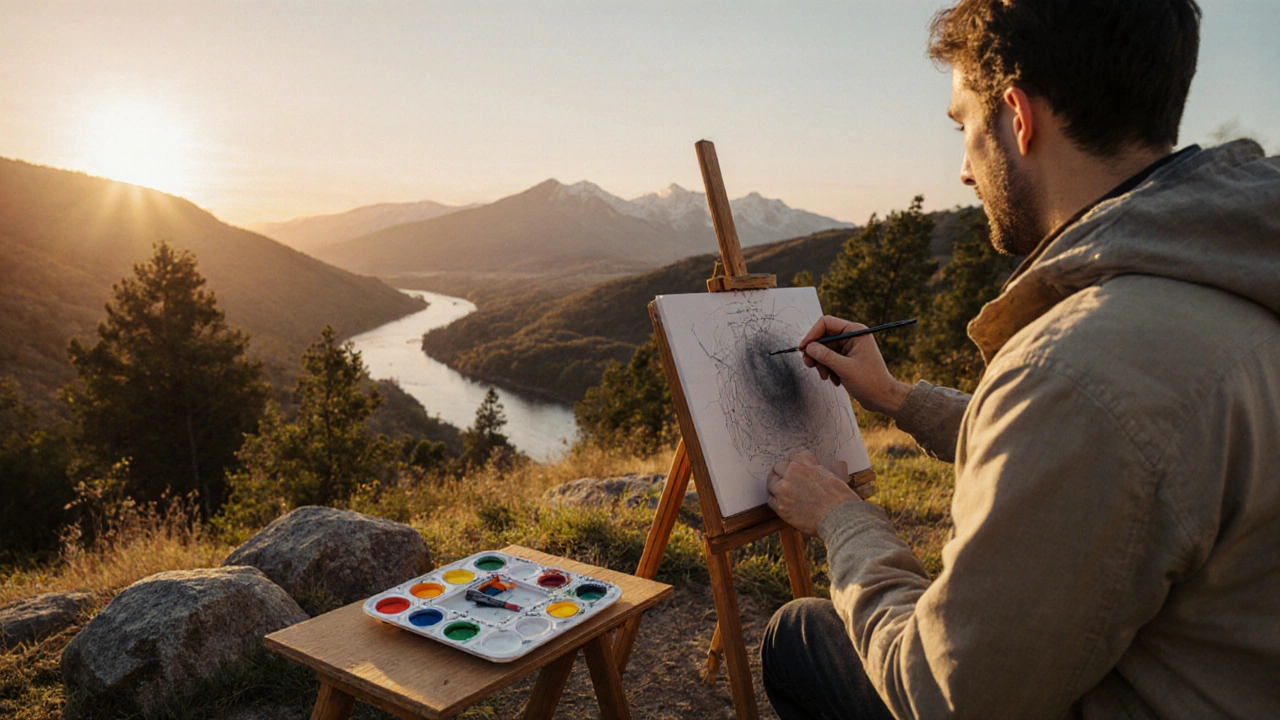
12 Oct 2025
Learn the essential rules for landscape painting, from composition and color palette to perspective, lighting, brushwork, and choosing the right medium.
Continue reading...
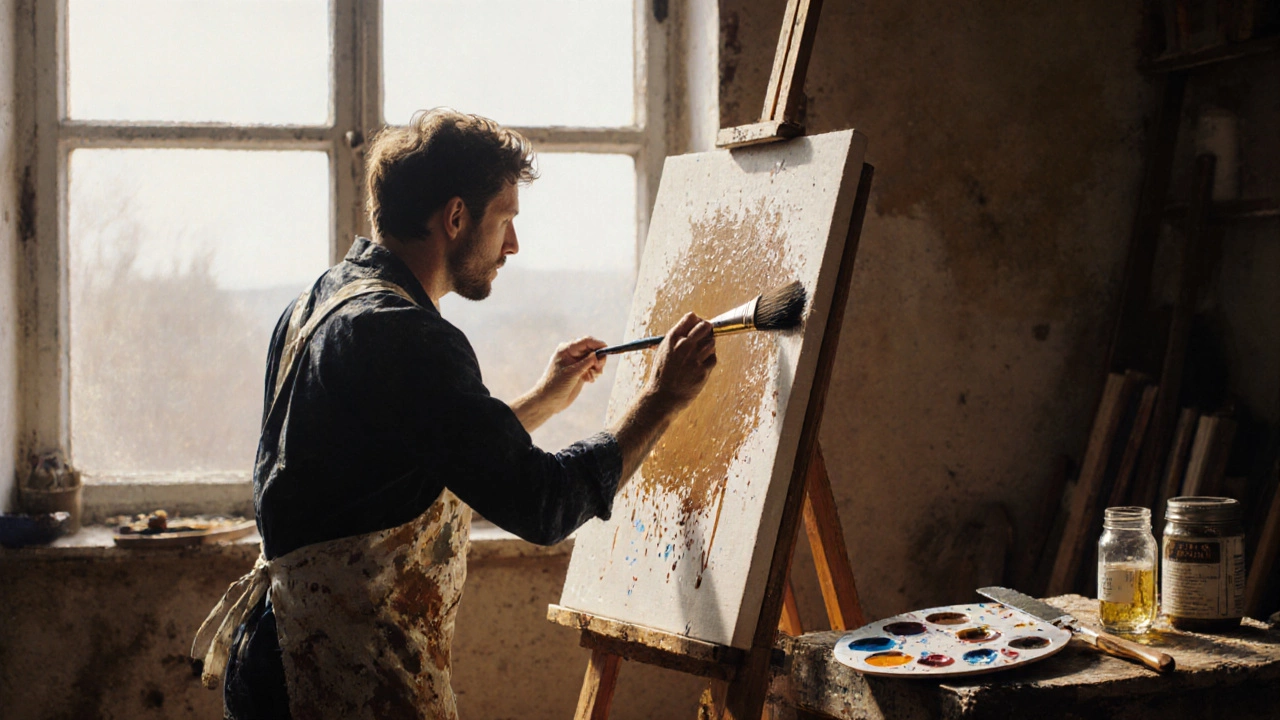
9 Oct 2025
Learn what the alla prima technique is, its history, essential tools, step‑by‑step workflow, pros, cons, and tips for mastering wet‑on‑wet painting.
Continue reading...
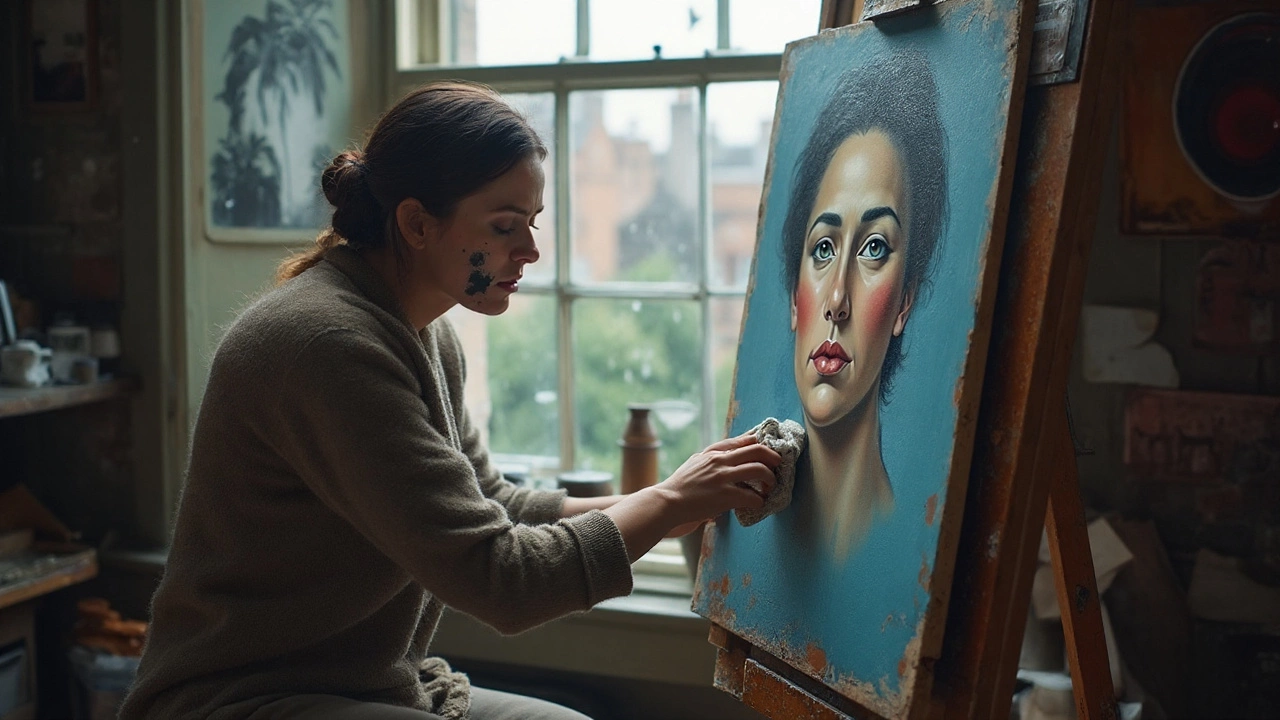
10 Sep 2025
Smudged a face or picked the wrong color? Learn safe, proven ways to fix wet, tacky, and dry oil paint, from wiping-out to glazing, scraping, and repainting.
Continue reading...
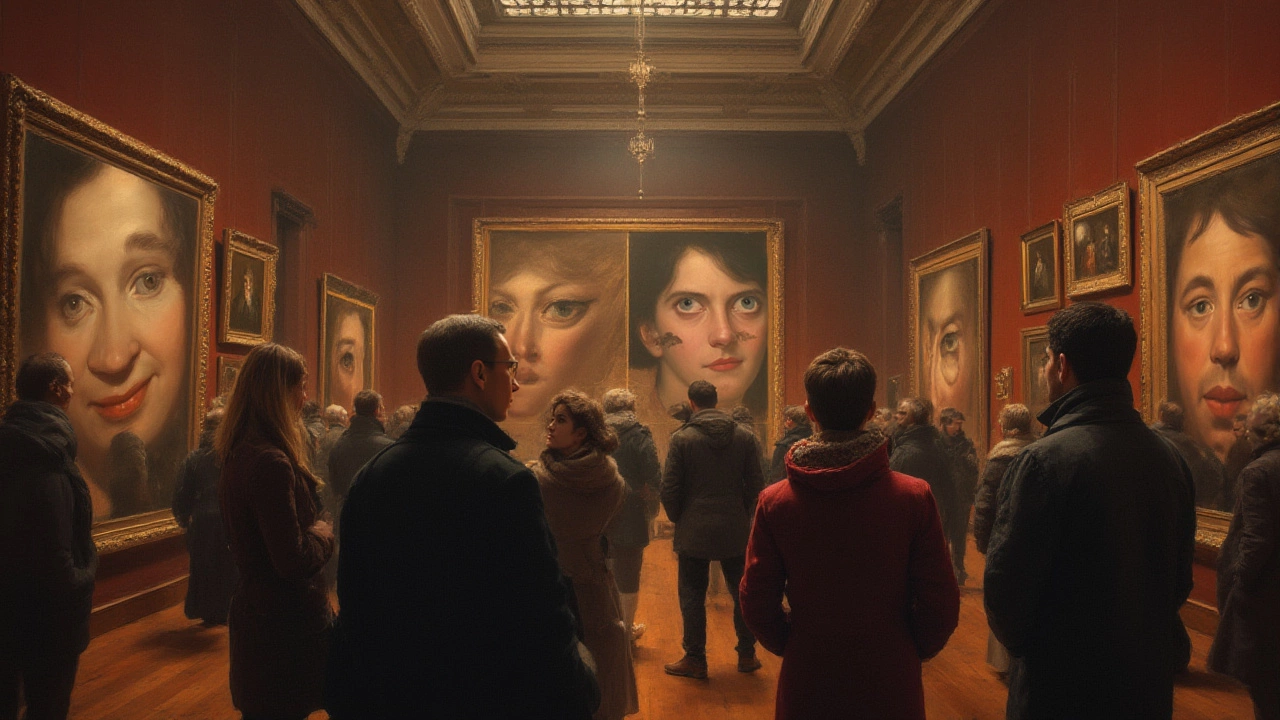
23 Jul 2025
Have you ever noticed how the eyes in portraits follow you around? Dive into why artists obsess over eyes, and how they shape the emotional punch of a painting.
Continue reading...
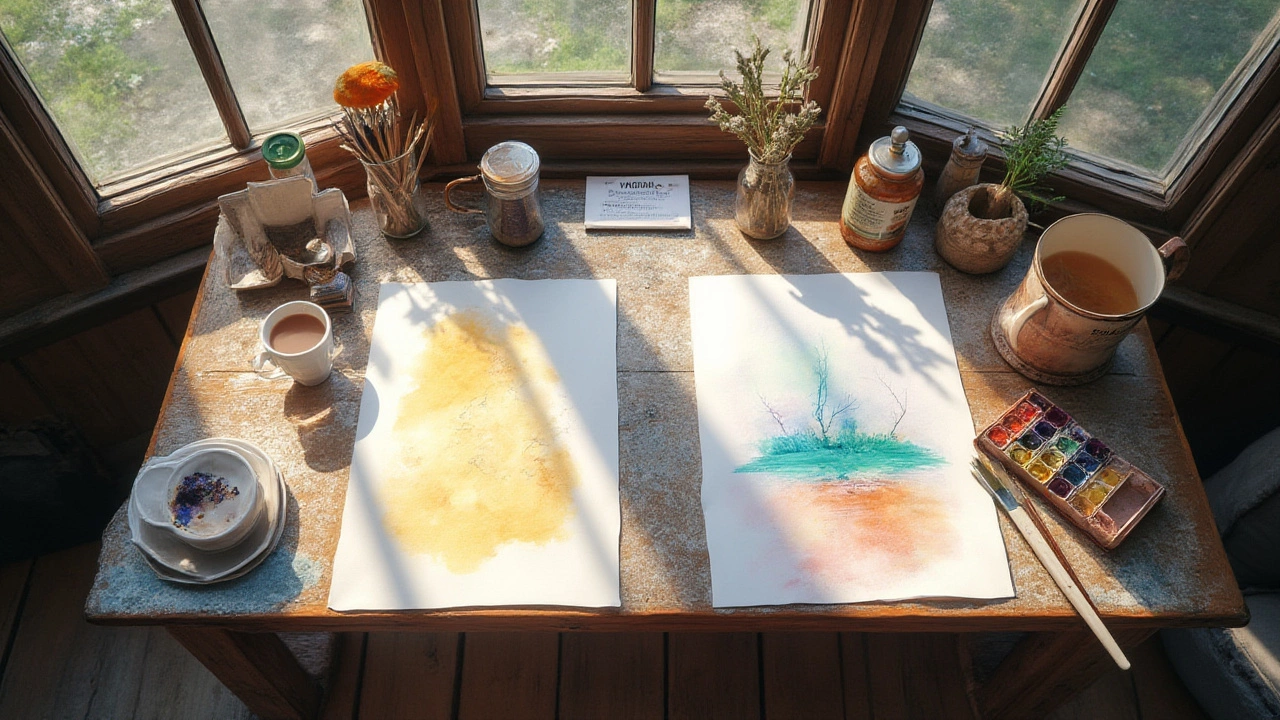
17 Jul 2025
Should you sketch before diving into watercolor? Get the lowdown on the benefits and drawbacks, plus expert tips for every artist—from beginners to pros.
Continue reading...
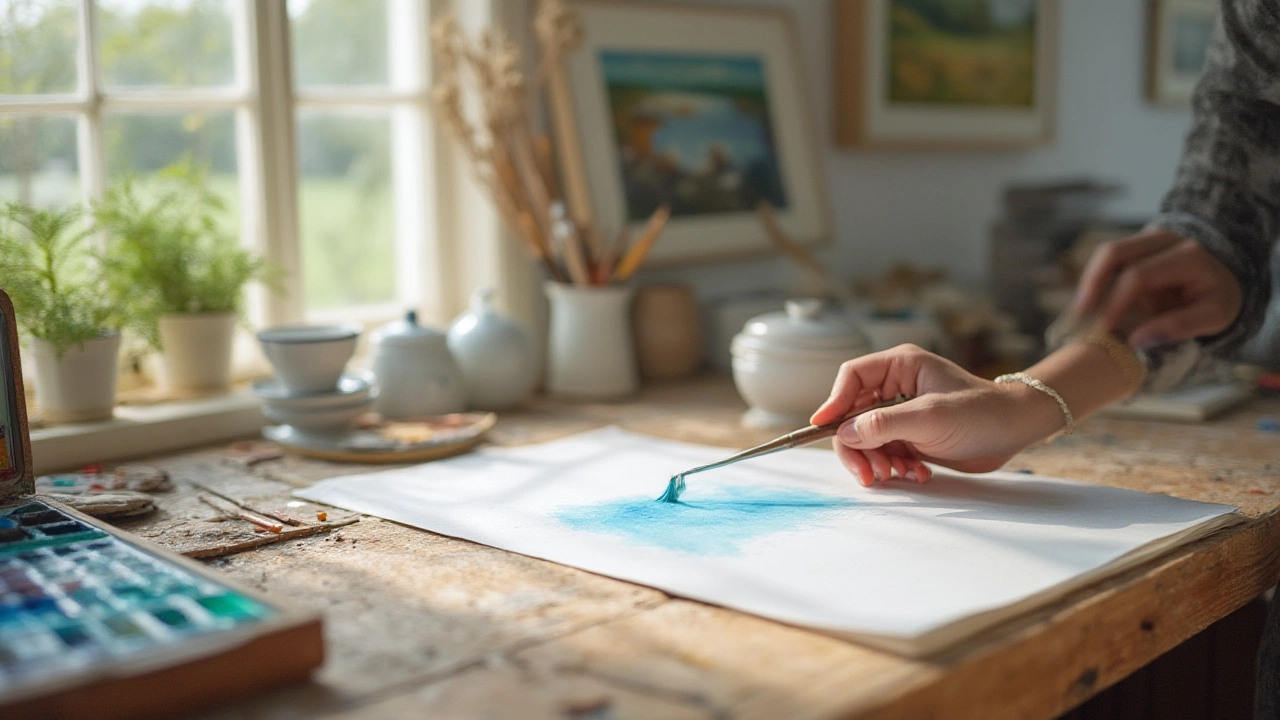
10 Jul 2025
Discover the best order for painting in watercolor. Learn why starting with light washes matters and how pros layer paint for stunning effects.
Continue reading...
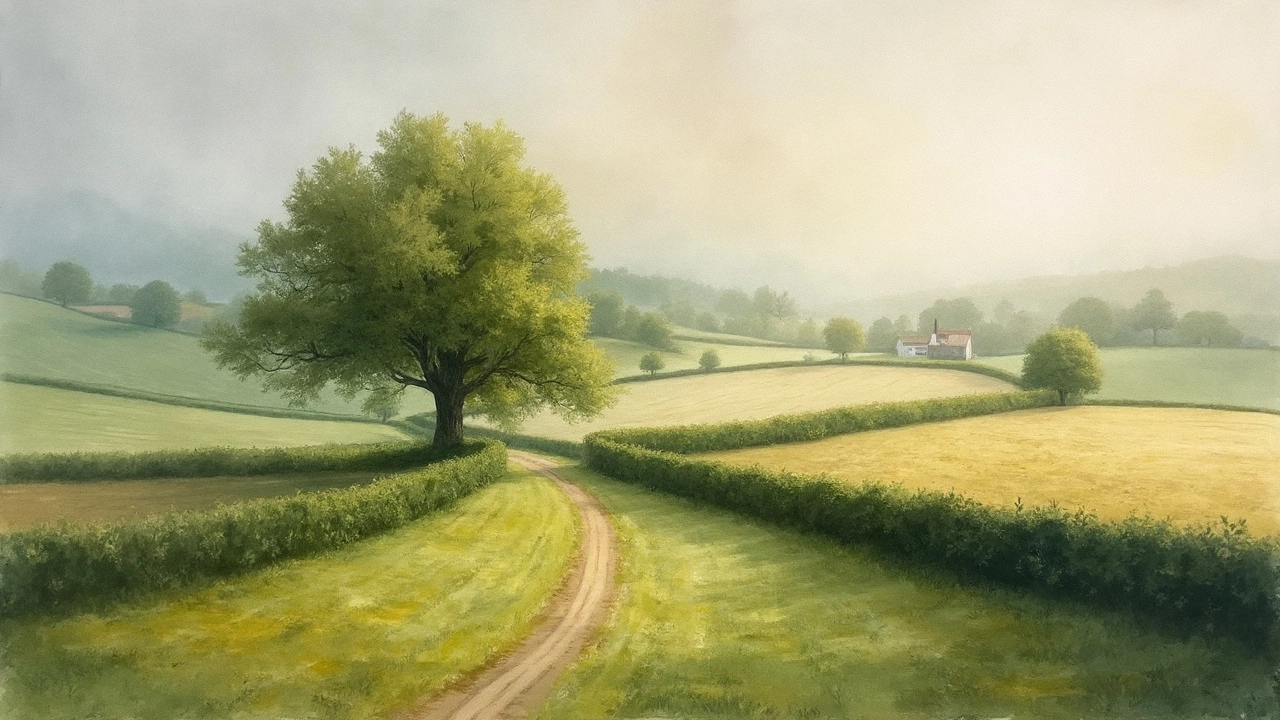
26 Jun 2025
Discover how the rule of thirds shapes stunning landscape paintings, with practical tips, artist secrets, and visual examples for balanced, eye-catching art.
Continue reading...
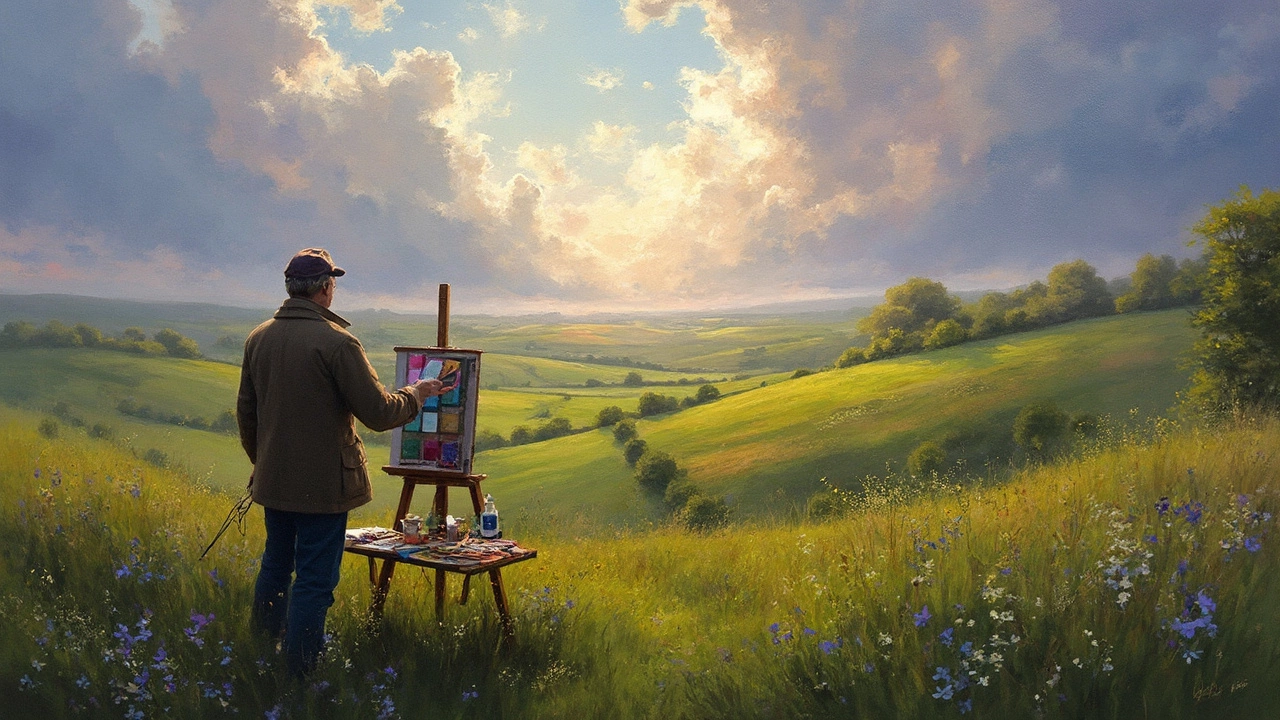
24 Jun 2025
Explore how to choose colours for landscape painting, with practical tips, science-backed facts, and examples. Discover what makes a palette truly work outdoors and how light, weather, and season affect your choices. Get actionable, creative advice for painting landscapes whether you’re a hobbyist or seasoned artist. Find out what pros keep in their paint box and how to make your scenes feel vibrant, real, and uniquely yours. This guide takes a deep and humorous dive—you'll never look at a field of green the same way again.
Continue reading...
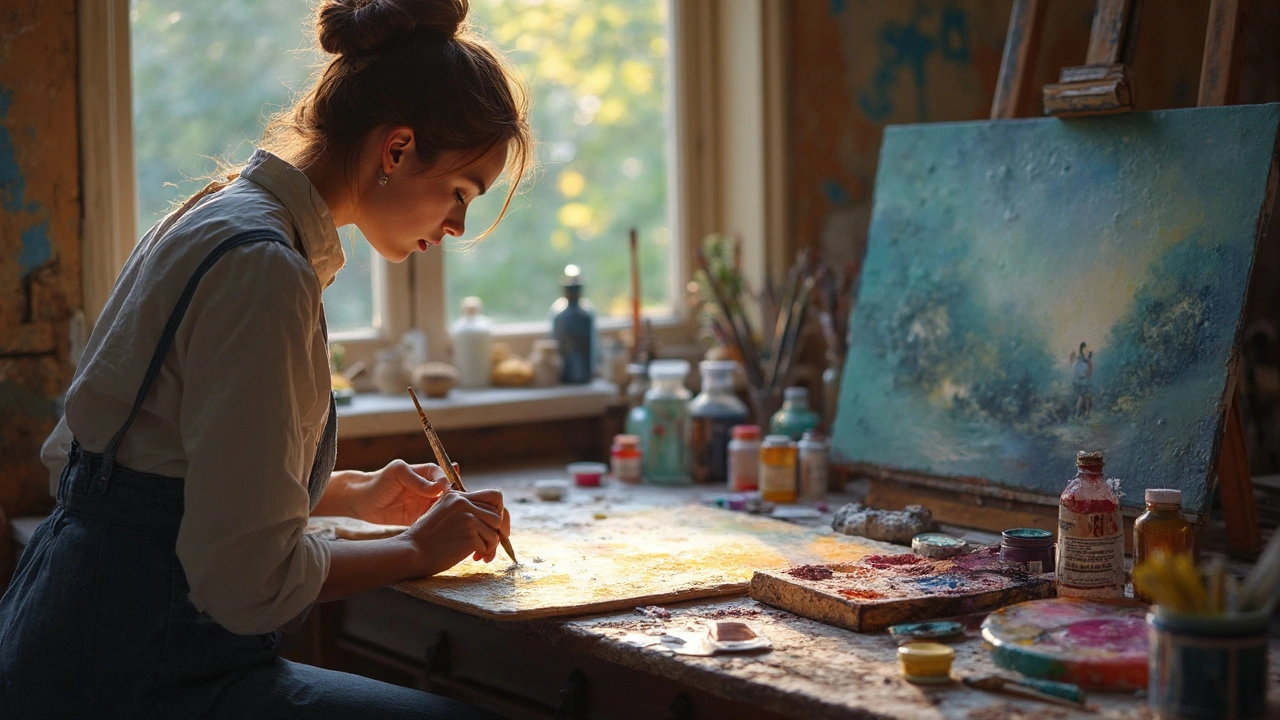
21 May 2025
Ever wondered why some paintings seem to glow or have a magical softness? Scumbling might be the secret. This technique adds layers of life to your artwork by letting bits of color peek through. It's not tricky, but it can totally change the look of your painting. Discover how to use scumbling in oil painting, what tools work best, and why even the Old Masters loved this trick.
Continue reading...











